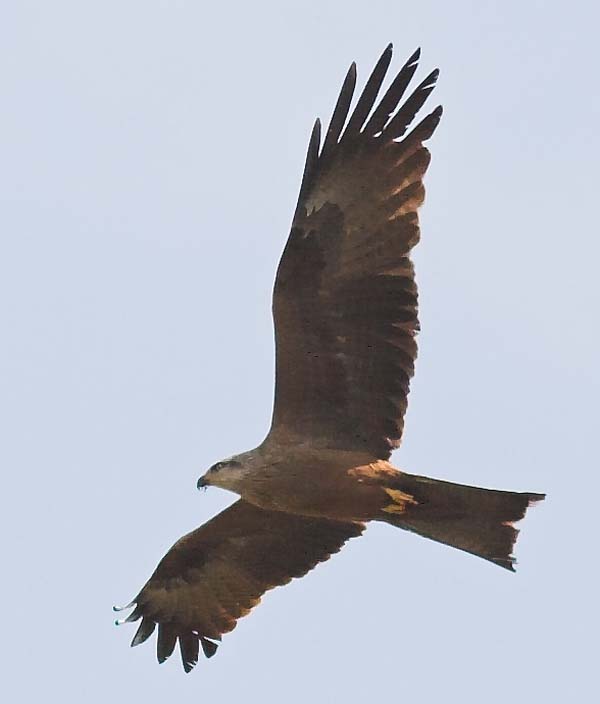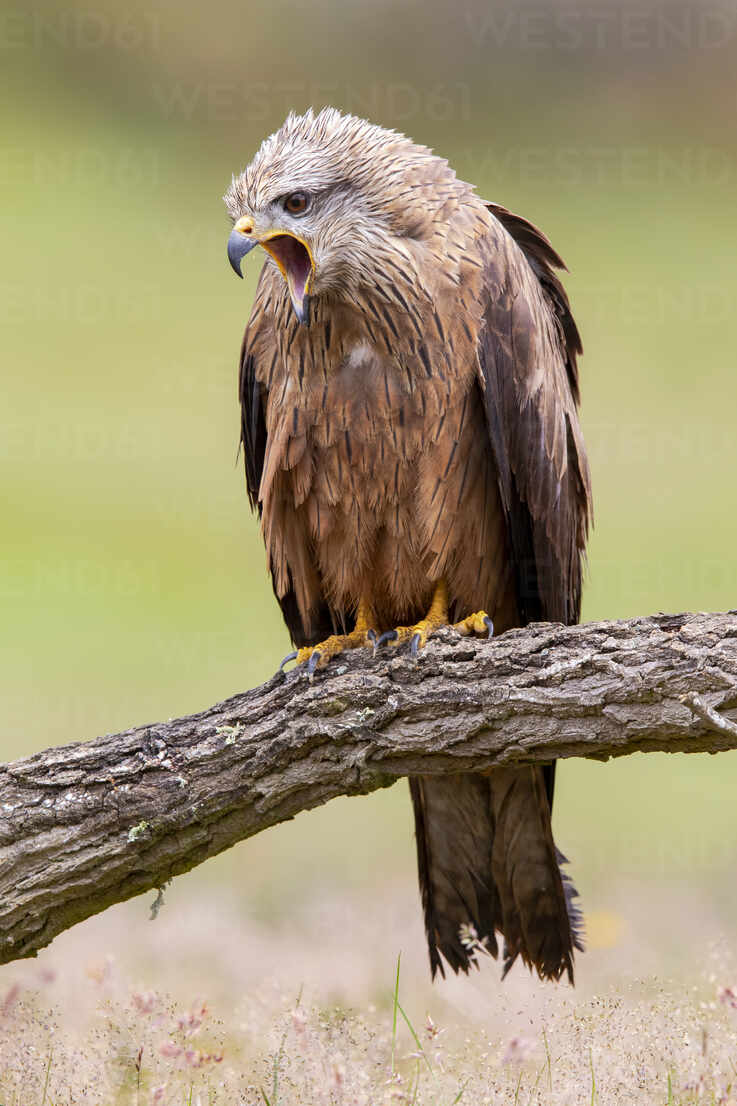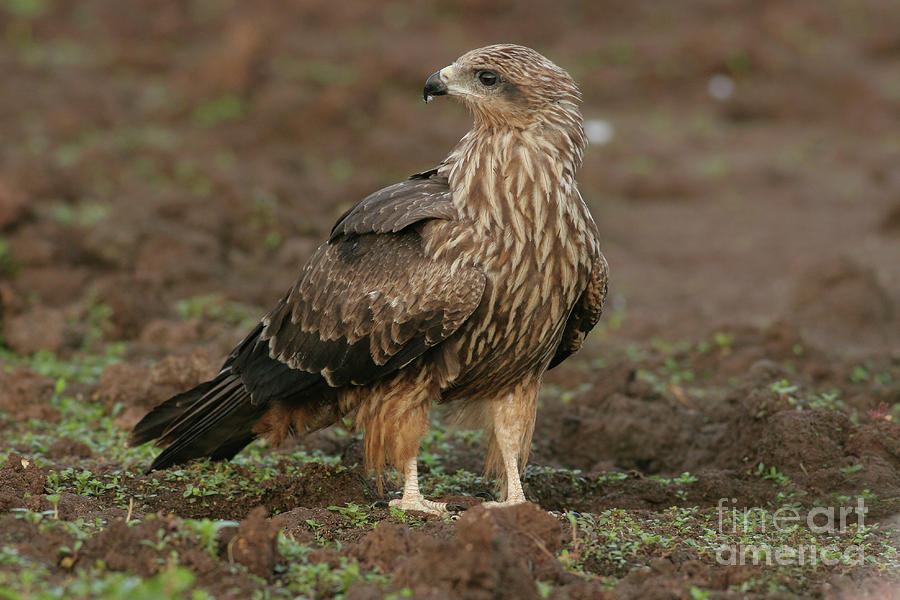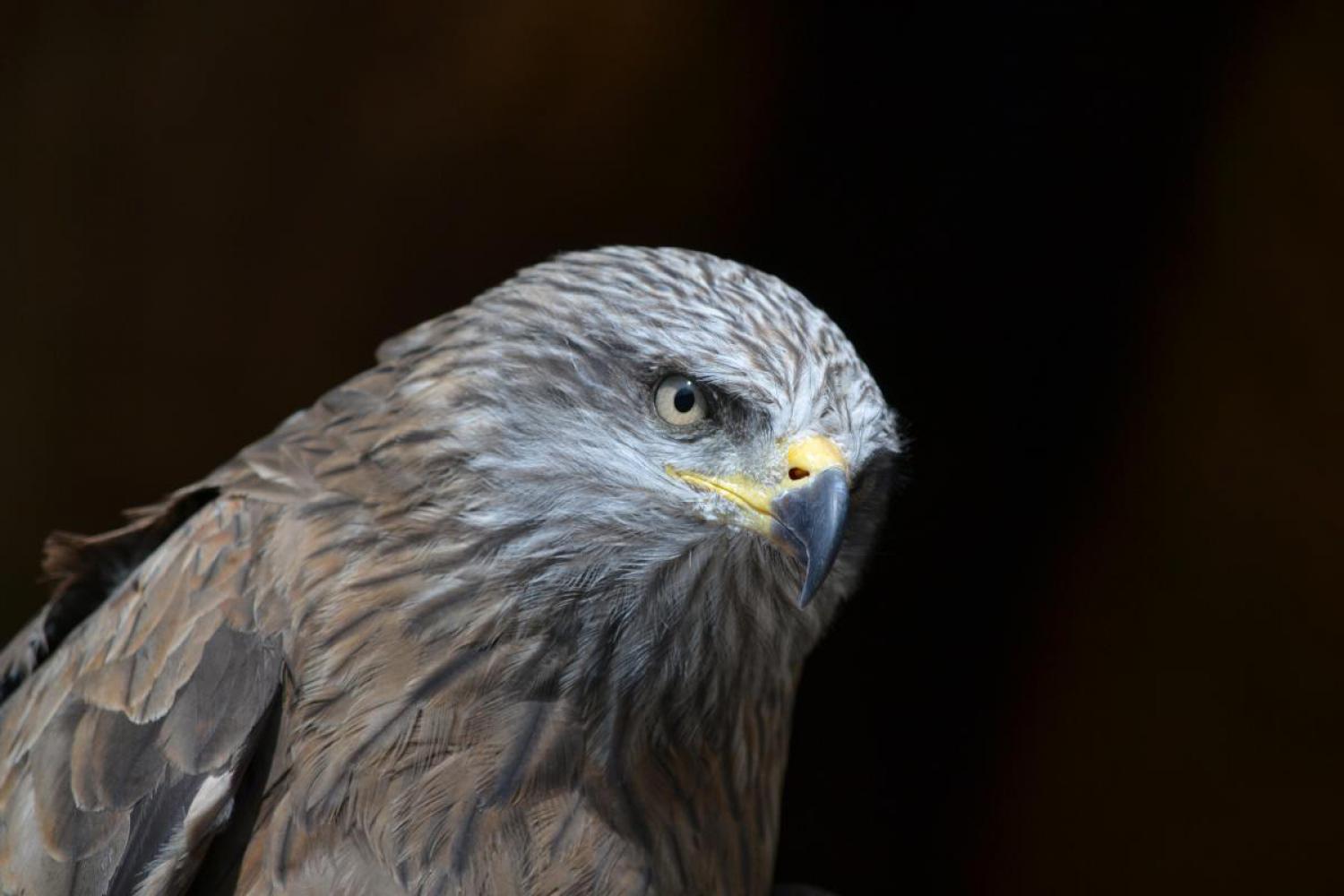
Black Kite (Milvus migrans)
Black Kite Milvus migrans (del Hoyo et al. 2014) has been split into M. migrans and Yellow-billed Kite M. aegyptius (Handbook of the Birds of the World and BirdLife International 2020). Yellow-billed Kite Milvus aegyptius (with subspecies parasitus) differs from M. migrans by its • Yellow vs black bill (3); • Dark vs pale iris in adult state (2);

Black Kite (Milvus migrans) flying above Victoria Peak, Ho… Flickr
The Black Kites ( Milvus migrans) is a medium-sized bird of prey in the family Accipitridae which also includes many other diurnal raptors such as eagles, buzzards, and harriers. Unlike others in the group, they are opportunistic hunters and are more likely to scavenge. They spend a lot of time soaring and gliding in thermals in search of food.

Black Kite photograph (Milvus migrans) taken at Gigrin Farm Rhayader
Black Kite (Milvus migrans) :: xeno-canto Black Kite · Milvus migrans · (Boddaert, 1783) Order: ACCIPITRIFORMES Family: Accipitridae (Kites, Hawks, Eagles) Genus: Milvus Species: migrans 240 foreground recordings and 96 background recordings of Milvus migrans . Total recording duration 2:56:29. Results format: detailed concise sonograms 1 2 3 4 5 6

Black Kite Milvus migrans, León, Spain CAVF71619 Cavan Images/Westend61
The black kite Milvus migrans, one of the most common raptor species, shows great flexibility as regards food resources and breeding sites.While black kite subspecies are found all over Eurasia, Africa and Australia, it has been poorly studied outside of Europe, with virtually nothing known about the phylogeny of populations in Asia, India, Africa or Australia.

Black Kite (Milvus migrans Stock Photo Alamy
The Black Kite Milvus migrans is a medium-sized raptor, currently considered as one of the most numerous and successful birds of prey of the world (Ferguson-Lees & Christie Citation 2001).It is a generalist, opportunistic feeder, capable of reaching extremely high densities where food concentrations allow it (e.g. review in Sergio et al. Citation 2005, Malhotra Citation 2007) and may occupy.

Black Kite Milvus migrans lineatus Tokyobling's Blog
Population size: 4000000 - 5700000 mature individuals Population trend: stable Extent of occurrence (breeding/resident): 115,653,659 km 2 Country endemic: no Recommended citation BirdLife International (2024) Species factsheet: Milvus migrans. Downloaded from http://datazone.birdlife.org/species/factsheet/black-kite-milvus-migrans on 03/01/2024.

Black Kite (Milvus migrans) in flight, Spain March Stock Photo Alamy
The Black Kite ( Milvus migrans) is one of the most widespread raptors in the world. The Palaearctic is populated by two migrating subspecies, Milvus migrans migrans and Milvus migrans.

Free Images portrait, avian, black kite, milvus migrans, bird of prey
Milvus migrans. Atlas Number: 229. What does it look like? Description: The Black Kite is a medium-sized raptor (bird of prey). From a distance, it appears almost black, with a light brown bar on the shoulder. The plumage is actually dark brown, with scattered light brown and rufous markings, particularly on the head, neck and underparts.

Black Kite (Milvus migrans) in flight
The black kite ( Milvus migrans) is a medium-sized bird of prey in the family Accipitridae, which also includes many other diurnal raptors. It is thought to be the world's most abundant species of Accipitridae, although some populations have experienced dramatic declines or fluctuations. [2]

Black Kite photograph (Milvus migrans) taken at Gigrin Farm Rhayader
The black kite (Milvus migrans) is a medium-sized bird of prey in the family Accipitridae, which also includes many other diurnal raptors. It is thought to be the world's most abundant species of Accipitridae, although some populations have experienced dramatic declines or fluctuations.
_in_flight.jpg)
Black Kite (Milvus migrans) in flight
The Black Kite is the most abundant raptor (bird of prey) in the world. The Black Kite is the most abundant raptor (bird of prey) in the world.. Scientific name: Milvus migrans. Similar species: Little Eagle,Whistling Kite,Square-tailed Kite Author(s) Ondine Evans Updated 25/07/22; Read time 2 minutes; Share this page:.

Black Kite (Milvus migrans) Black Kite (Milvus migrans) ca… Flickr
Black Kite Milvus migrans (del Hoyo et al. 2014) has been split into M. migrans and Yellow-billed Kite M. aegyptius (Handbook of the Birds of the World and BirdLife International 2020). Yellow-billed Kite Milvus aegyptius (with subspecies parasitus) differs from M. migrans by its Yellow vs black bill (3); Dark vs pale iris in adult state (2);
Milvus migrans Black Kite (Bulgaria) • Joniec Naturalnie
Black kites ( Milvus migrans) occur in tropical portions of Australasia, Eurasia, and Africa. However, they are lacking in the Indonesian Archipelago, specifically in areas between the Wallace line and the mainland of Southeast Asia.

Black Kite Milvus migrans Photograph by Alon Meir Fine Art America
中文(简体) Surprise me! to see your badges Medium-sized, rather nondescript raptor with overall dark plumage. Varies considerably across range, but always note tail fork (can disappear when tail is fully open), and short head and neck. Juvenile averages paler and more contrastingly-marked. Flight style buoyant, gliding and changing direction with ease.

Black kite (Milvus migrans)
Black Kite Milvus migrans Scientific name definitions. Names (61) Subspecies (7) Tim S. David, Jaume Orta, Jeffrey S. Marks, Ernest Garcia, and Guy M. Kirwan. Black Kite: English (Philippines) Black Kite: English (South Africa) Black/Yellow-billed Kite: English (United States) Black Kite: Faroese: Svartgleða: Finnish: haarahaukka: French.

Black Kite (Milvus Migrans) Stock Image Image of wild, wilderness
The Black Kite (Milvus migrans) is a bird of prey that has long been admired for its grace and agility. With its striking black plumage and distinctive forked tail, this kite is a common sight in many parts of the world. However, it is not native to Hawaii, making sightings of this bird on the islands a rare and exciting event for birdwatchers.